Home »
Misc »
How many rules were there in basketball originally
How many rules were there in basketball originally
Original 13 Rules of Basketball
Dr. James Naismith's Original 13 Rules of Basketball
Check out the basketball rules that originally were published on Jan. 15, 1892, in the Springfield College school newspaper, The Triangle.
Dr. James Naismith's Original 13 Rules of Basketball
1. The ball may be thrown in any direction with one or both hands.
2. The ball may be batted in any direction with one or both hands (never with the fist).
3. A player cannot run with the ball. The player must throw it from the spot on which he catches it, allowance to be made for a man who catches the ball when running at a good speed if he tries to stop.
4. The ball must be held in or between the hands; the arms or body must not be used for holding it.
5. No shouldering, holding, pushing, tripping, or striking in any way the person of an opponent shall be allowed; the first infringement of this rule by any player shall count as a foul, the second shall disqualify him until the next goal is made, or, if there was evident intent to injure the person, for the whole of the game, no substitute allowed.![]()
6. A foul is striking at the ball with the fist, violation of Rules 3,4, and such as described in Rule 5.
7. If either side makes three consecutive fouls, it shall count a goal for the opponents (consecutive means without the opponents in the mean time making a foul).
8. A goal shall be made when the ball is thrown or batted from the grounds into the basket and stays there, providing those defending the goal do not touch or disturb the goal. If the ball rests on the edges, and the opponent moves the basket, it shall count as a goal.
9. When the ball goes out of bounds, it shall be thrown into the field of play by the person first touching it. In case of a dispute, the umpire shall throw it straight into the field. The thrower-in is allowed five seconds; if he holds it longer, it shall go to the opponent. If any side persists in delaying the game, the umpire shall call a foul on that side.
10. The umpire shall be judge of the men and shall note the fouls and notify the referee when three consecutive fouls have been made.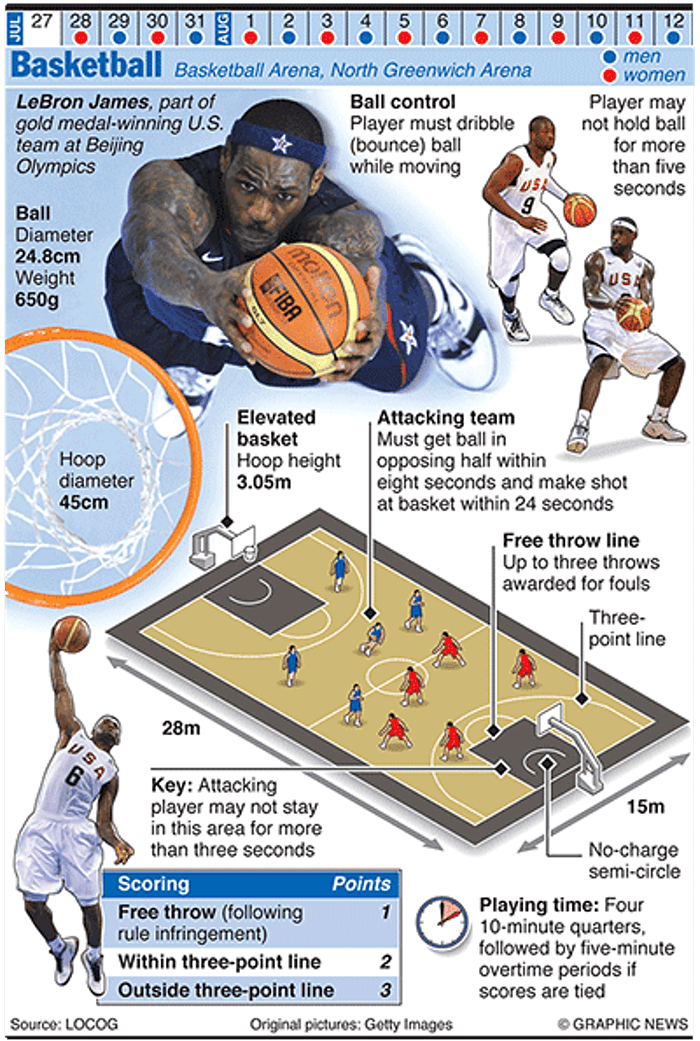 He shall have power to disqualify men according to Rule 5.
He shall have power to disqualify men according to Rule 5.
11. The referee shall be judge of the ball and shall decide when the ball is in play, in bounds, to which side it belongs, and shall keep the time. He shall decide when a goal has been made, and keep account of the goals with any other duties that are usually performed by a referee.
12. The time shall be two 15-minute halves, with five minutes' rest between.
13. The side making the most goals in that time shall be declared the winner. In case of a draw, the game may, by agreement of the captains, be continued until another goal is made.
Note: Basketball was originally two words. These original rules were published Jan. 15, 1892, in the Springfield College school newspaper, The Triangle.
Evolution of the Rules · The First Basket Ball Players
Home > "Basket Ball" History > Evolution of the Rules
While there have been many developments to basketball since Dr. James Naismith invented the game so many ago, most of the Original Rules are still used in modern games.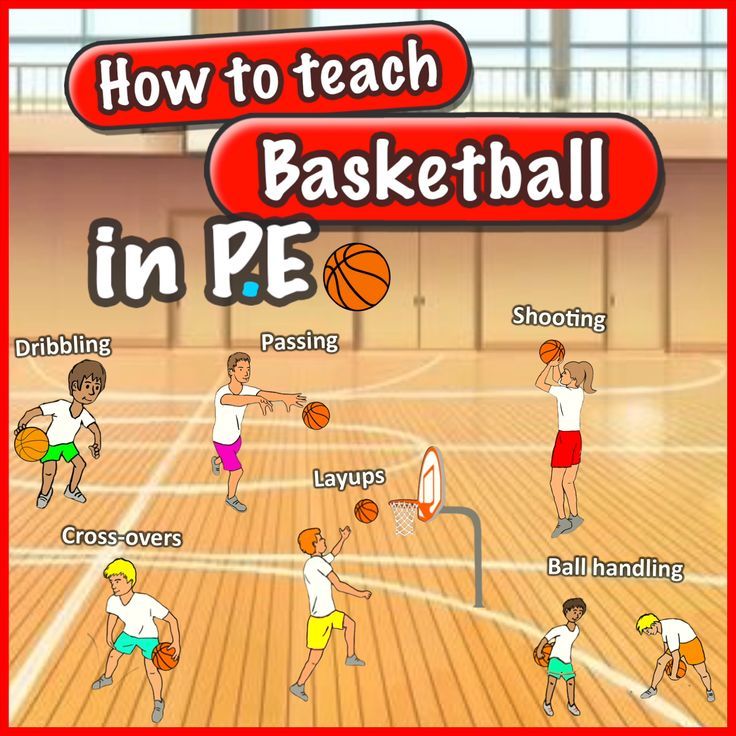
Of Dr. Naismith’s 13 rules, 11 are similar to, or the same as current rules.
The two rules that are no longer in play, (3 and 7), were made in an effort to prevent the sport from getting too rough, a major reason Dr. Naismith invented basketball to begin with.
Click here to see the Original Rules which are currently on display at the University of Kansas.
Many aspects of the game that were not included in the Original Rules were created shortly after.
Following the sport’s creation, as its popularity rapidly spread across the United States and Canada, athletic administrators saw the need to develop a comprehensive guide to inform spectators, officials, and participants about the game’s ethics, rules, the different positions and strategy to be used, as well as illustrating how far the game has reached.
These books were initially authored by Luther H. Gulick and other administrators at the International YMCA Training School (now Springfield College), before becoming a joint committee publication consisting of members from the YMCA, AAU, and NCAA.
The first of these publications that the Springfield College Archives has in its collections is the 1896-1897 season book.
Among the changes in this book come important standardizations of team, ball, and basket sizing, as well as significant changes in timing in scoring.
Spalding's Basket Ball Guide 1896-1897
The Ball - Balls used in games had to be round rubber with a circumference no larger than 32’ and no smaller than 30.’ This is larger than current balls (29.5’ NBA, 29/30’ for college men's and women’s respectively). They had to weigh between 18-20 ounces (currently between 20-22 ounces).
Team size - Each game had to be played with five starters on a team. This is one area that Dr. Naismith initially disagreed with, as he first saw basketball having the potential to be played with as many as 50 people on each team in an outdoor setting.
Baskets - The rim of the basket had to be 18 inches wide (which has never changed). It must extend 6 inches off whatever rigid surface it is attached to and have a hammock fashioned net attached to it.
It must extend 6 inches off whatever rigid surface it is attached to and have a hammock fashioned net attached to it.
Captains - The captains had many responsibilities that coaches now have, including providing the referee with a team’s list of players and their positions. They were also the only players allowed to address officials in a game. Any other player talking to the referee would result in a foul.
Timing - The duration of games changed from two, fifteen-minute halves, to two, 20-minute halves of playing time. This meant that for the first time, the game clock would be stopped during play stoppages. This is the same format that NCAA men's games now use.
Scoring - All baskets became worth 2 points, excluding free throws, which are worth one point each. Free throws are one element of basketball that Dr. Naismith was not in favor of, but they have certainly become the best solution to shooting fouls.
Jump ball - Jump balls took place at center court at the beginning of the game, the second half, and after each made basket.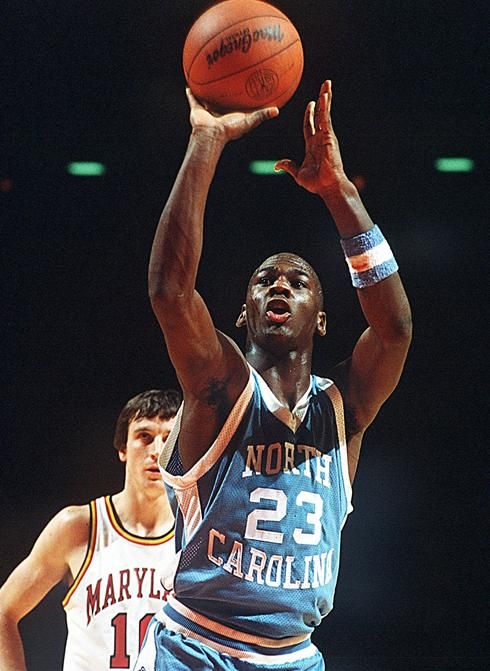 This rule was not changed until the 1891-1892 season, when a team got the ball after the opposing team scored.
This rule was not changed until the 1891-1892 season, when a team got the ball after the opposing team scored.
Spalding's Basket Ball Guide 1903-1904
The First Backboards - The rim was required to extend off a “flat, perpendicular screen or other rigid surface measuring at least 6 feet horizontally and 4 vertically”. This surface could not have any holes in it, so spectators could not alter the ball through the surface, as was common in many early games. A year later, the rules required these surfaces to be made of wood.
Ball out of Play - When the ball went out of bounds the referee resumed play by tossing a jump ball between the two players closest to the ball.
Free Throw Violation - If the player passes the line before the ball goes in the hoop, the point doesn’t count if it goes in, and the ball is dead and put in play in the center.
Spalding's Basket Ball Guide 1922-1923
Court dimensions- Maximum court size became 90x50 ft and a minimum of 60x35 ft. This rule has not changed much since the 1922-1923 season, as current basketball courts are 94x50 ft.
This rule has not changed much since the 1922-1923 season, as current basketball courts are 94x50 ft.
Backboard Standardization - 4x6 ft backboards must be provided, painted white glass/wood. Current backboards are 3.5x6 ft and made of Plexiglas or tempered glass.
Want more information on the evolution of basketball? To learn how “Basket Ball” got its name, click here!
To learn about the first point in basketball history, click here!
To hear James Naismith describe how he invented basketball, click here!
Rules of Basketball
How the rules have changed in your favorite game
How the rules have changed in your favorite game
WE ALL LOVE TO PLAY BASKETBALL, BUT DO YOU KNOW THE RULES EXACTLY?
Basketball was invented by James Naismith in 1891. Then everything was different: playgrounds, baskets, balls…
!!! Read about the evolution of balls in the article:
Basketball was invented by James Naismith in 1891. Then everything was different: playgrounds, baskets, balls…
Then everything was different: playgrounds, baskets, balls…
!!! Read about the evolution of balls in the article:
The history of basketballs
The history of basketballs
What balls are played now and how it happened
The beginning
The rules have also changed a lot during this time. Initially, there were only 13 of them in basketball:
- The ball can be thrown in any direction with one or two hands.
- The ball may be hit with one or both hands in any direction, but never with the fist.
- The player cannot run with the ball. The player must throw the ball from the point at which he caught it, except for a player running at high speed.
- The ball must be held with the hands. You can not use the forearms and body to hold the ball.
- In any case, hitting, grabbing, holding and pushing the opponent is not allowed. The first violation of this rule by any player shall be called a foul; the second foul disqualifies him until the next ball is scored, and if there was an obvious intention to injure the player, then a disqualification for the entire game.
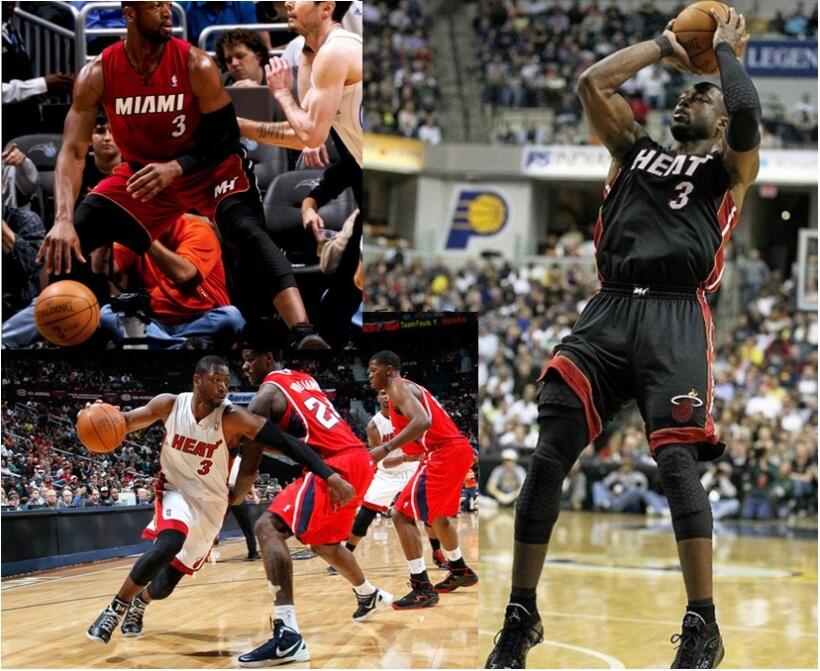 It is not allowed to replace a disqualified player.
It is not allowed to replace a disqualified player.
- Punching the ball is a violation of points 2 and 4, the penalty is described in point 5.
- commit no foul).
- A point is scored if a ball thrown or bouncing off the floor hits the basket and stays there. Defending players are not allowed to touch the ball or basket while shooting. If the ball touches the edge and the opponents move the basket, then a point is scored.
- If the ball goes out of bounds, it must be dropped into the field by the first player to touch it. In the event of a dispute, the referee must throw the ball into the field. The thrower is allowed to hold the ball for five seconds. If he holds it longer, then the ball is given to the opponent. If either side tries to play for time, the referee must give them a foul.
- The referee must monitor the actions of the players and fouls, and notify the referee of three consecutive fouls. He shall have the power to disqualify players under rule 5.
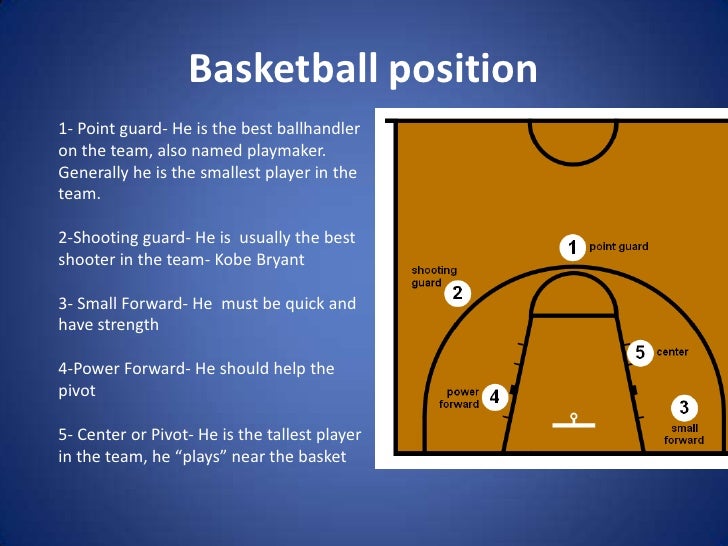
- The referee must watch the ball and determine when the ball is in play (inbounds) and when it goes out of bounds (out of bounds), which side should be in possession of the ball, and any other action that the referee would normally take .
- The game consists of two halves of 15 minutes each with a break of 5 minutes between them.
- The side with the most goals during this time period is the winner.
The most important rule change in the history of basketball is the introduction of dribbling. In the original version of the game, this was prohibited by paragraph 3 of the rules.
One of the first changes in the game and the rules was the replacement of the basket with a ring with a net. It seemed to be very inconvenient to climb after the ball every time after a hit. Around the same time, free throws, dribbling appeared, and the composition of the teams was fixed for 5 players on the court at the same time.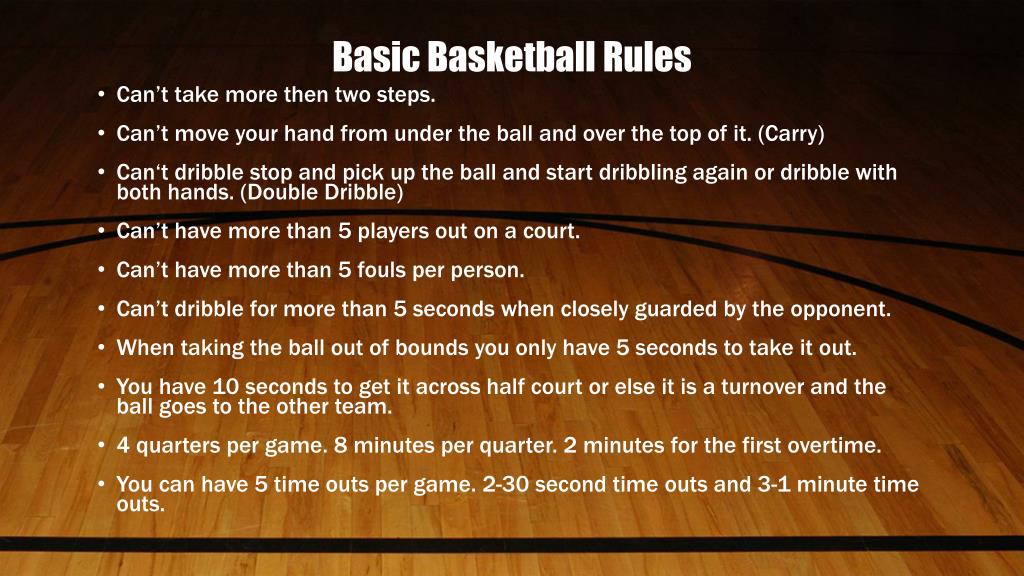 Before that, in some matches, up to 50 people could be on the court at the same time. All this happened back in 1896-1897.
Before that, in some matches, up to 50 people could be on the court at the same time. All this happened back in 1896-1897.
The emergence of FIBA (International Basketball Federation)
Basketball in the early 20th century became more popular and the rules in each country could be different. This was one of the reasons why FIBA appeared in 1932 year. At the first FIBA Congress, the teams were approved (5 people and 2 substitutes), and it was decided that after each goal there would be a throw-in in the center. This rule was removed after 4 years to reduce the advantage of tall players.
Over the next few years, the main changes were related to the number of personal fouls, the number of players on the bench and the introduction of a time limit for getting the ball into the opponent's half of the court.
More changes came in 1952 after the Olympics. The game became very boring, because the teams held the ball, having received a minimal lead in the score. Everyone understood this and searched for solutions for several years in order to save the life of basketball. At 1954 Danny Biason proposed to the NBA to limit the time for the shot to 24 seconds. At the 1956 Olympics, there was a similar rule: it was necessary to make a throw in 30 seconds. At the same time, to add equality between defense and attack, another rule familiar to us appeared: you need to start dribbling the ball before the supporting leg comes off.
Everyone understood this and searched for solutions for several years in order to save the life of basketball. At 1954 Danny Biason proposed to the NBA to limit the time for the shot to 24 seconds. At the 1956 Olympics, there was a similar rule: it was necessary to make a throw in 30 seconds. At the same time, to add equality between defense and attack, another rule familiar to us appeared: you need to start dribbling the ball before the supporting leg comes off.
Then the game became similar to the modern one from a technical point of view: dribbling, shots, a three-second zone appeared. In 1979, the NBA added a three-point line, and in 19In 1984, FIBA also added an arc.
!!! An article about the evolution of the three-point shot and interesting facts:
10 interesting facts about the three-point shot.
10 interesting facts about the three-point shot.
Three-pointer evolution and insane records.
Changes in the rules and basketball since 1956 have included the number of free kicks, the situations in which these free kicks are given, and individual and team penalties. Some rules were introduced, and a few years later they were canceled. For example, the "3 for 2" rule: if a player was fouled in the shooting phase, then if one of the first two shots was missed, he could make another free throw. This rule was later removed.
Some rules were introduced, and a few years later they were canceled. For example, the "3 for 2" rule: if a player was fouled in the shooting phase, then if one of the first two shots was missed, he could make another free throw. This rule was later removed.
Since the 1990s there have been constant changes: the emergence of alley-oops, changes in the timing and rewriting of the rules of running, which continue to this day.
From the most interesting: if the team has 0.3 seconds or less to throw the ball from behind, then it must be a one-touch throw. It takes at least 0.4 seconds to perform a full throw.
Derrick Fisher made similar throws:
And here is a small selection of videos of how they throw in 0.2 seconds:
Do you want to take your first steps in basketball or improve your basic skills? We have a Basic Basketball Skills workout for you. See the schedule and sign up:
SIGN UP
Coach: Yuriy Bespalov
- Professional player of the INANOMO 3x3 team;
- Champion of Russia 3x3 2019, 2021;
- Winner and medalist of the MOFB championship;
- MLBL Summer League MVP 2017;
- Multiple participant of Moscow Open;
- Champion of Moscow 3x3 2017;
- MVP GrunisCup 2017.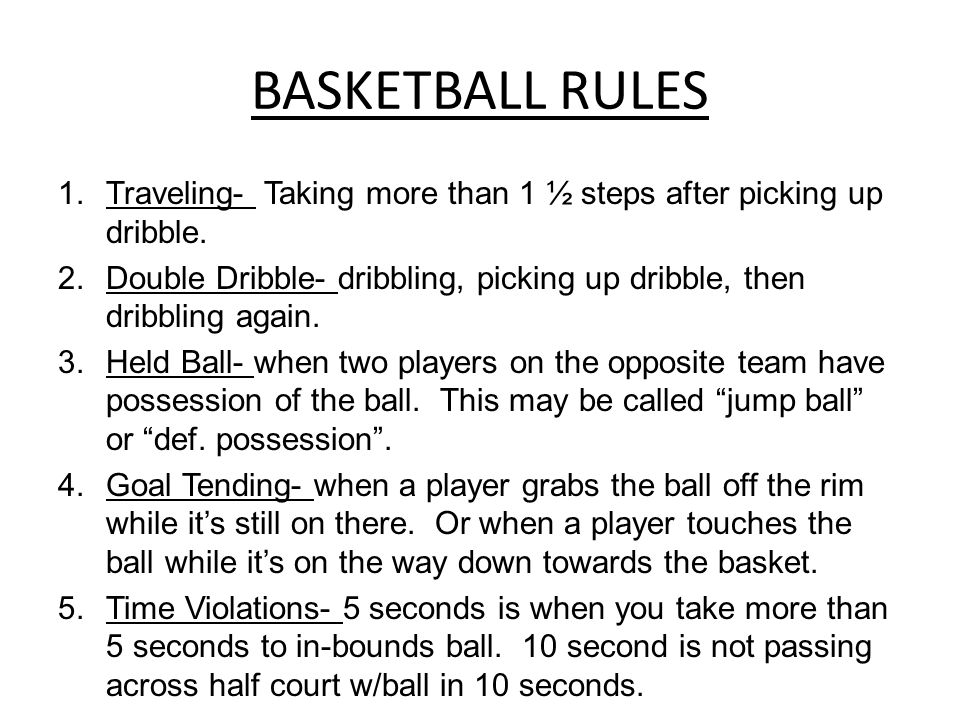
IF YOU LIKE THIS ARTICLE, DON'T FORGET TO SHARE IT WITH YOUR FRIENDS.
MORE ARTICLES FROM
BLOG
We write useful articles about basketball training, basketball shoes and everything related to this beautiful game.
Basketball in Moscow in winter
Free throw in basketball: technique and secrets of execution
Passes in basketball: basic types and technique of execution
Basketball terms everyone should know
How to increase the jump? 5 tips
9 definitions every basketball player should know
Basketball (from English basket - basket, ball - ball) is an Olympic sport, a sports team game with a ball, the goal of which is to throw the ball into the opponent's basket more times than the opposing team does at the set time. Each team consists of 5 field players.
Contents
- The history of the emergence and development of basketball
- Basketball rules (briefly)
- Basketball field
- Basketball
- Basketball hoop and backboard dimensions
- Refereeing in basketball
- Basketball Federation
The history of the emergence and development of basketball
In 1891, in the United States of America, a young teacher, a native of Canada, Dr. James Naismith, trying to "revive" gymnastics lessons, attached two fruit baskets to the railing of the balcony and suggested throwing soccer balls into it. The resulting game only remotely resembled modern basketball. There was no question of any management, the players threw the ball to each other and then tried to throw it into the basket. The team that scored the most goals won.
James Naismith, trying to "revive" gymnastics lessons, attached two fruit baskets to the railing of the balcony and suggested throwing soccer balls into it. The resulting game only remotely resembled modern basketball. There was no question of any management, the players threw the ball to each other and then tried to throw it into the basket. The team that scored the most goals won.
A year later, Naismith developed the first rules of basketball. The very first matches under these rules caused their first changes.
Gradually, basketball from the United States penetrated first to the East - Japan, China, the Philippines, and then to Europe and South America. After 10 years at the Olympic Games in St. Louis, the Americans organized a demonstration tour between the teams of several cities. The Basketball Association of America (BAA) was formed in 1946. The first match under her auspices took place on November 1 of the same year in Toronto between the Toronto Huskies and New York Knickerbockers. At 19In 1949, the association merged with the US National Basketball League to form the National Basketball Association (NBA). In 1967, the American Basketball Association was created, which for a long time tried to compete with the NBA, but merged with it 9 years later. Today, the NBA is one of the most influential and well-known professional basketball leagues in the world.
At 19In 1949, the association merged with the US National Basketball League to form the National Basketball Association (NBA). In 1967, the American Basketball Association was created, which for a long time tried to compete with the NBA, but merged with it 9 years later. Today, the NBA is one of the most influential and well-known professional basketball leagues in the world.
The International Amateur Basketball Federation was founded in 1932. The federation includes 8 countries: Argentina, Greece, Italy, Latvia, Portugal, Romania. Sweden, Czechoslovakia. Based on the name, it was assumed that the organization would only lead amateur basketball, however, at 1989, professional basketball players received admission to international competitions, and the word "amateur" was removed from the name.
The very first international match took place in 1904, and in 1936 basketball entered the program of the Summer Olympic Games.
Basketball rules (briefly)
The rules of the game of basketball changed several times until 2004, when the final version of the rules took shape, which is considered relevant to this day.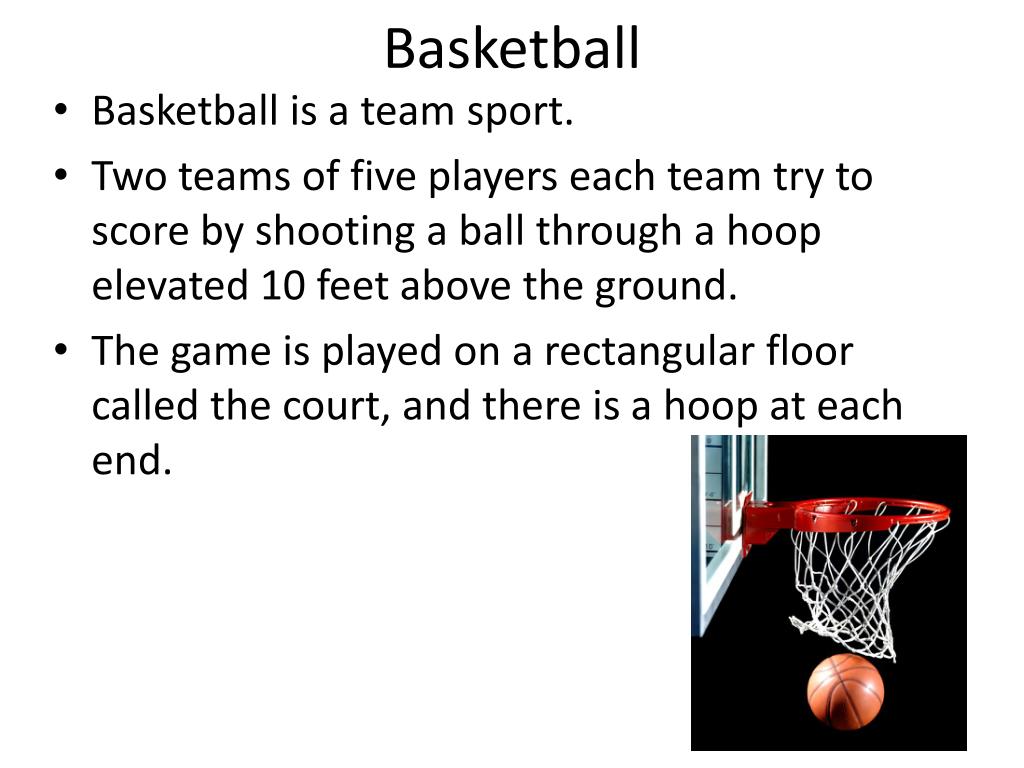
- Basketball is played by two teams. Usually a team consists of 12 people, 5 of which are field players, and the rest are considered substitutes.
- Basketball dribbling . Athletes in possession of the ball must move around the field, hitting the floor with it. Otherwise, "carrying the ball" will be counted, and this is a violation of the rules in basketball. Accidentally touching the ball with a body part other than the hand is not considered a foul, unlike purposeful play with the foot or fist.
- A basketball game consists of 4 periods or halves, but the time of each half (play time) varies depending on the basketball association. So, for example, in NBA a match consists of 4 halves of 12 minutes each, and in FIBA each such half lasts 10 minutes.
- Short breaks are provided between periods, and between the second and third periods, the break time is increased.
- The ball thrown into the basket can bring a different number of points to its team.
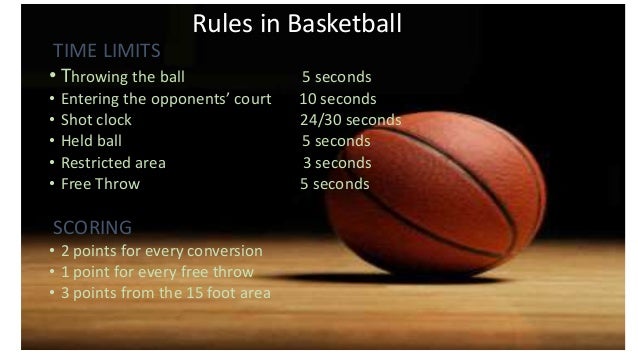 If the ball is scored during the free throw, the team earns 1 point. If the ball is thrown from an average or close distance (closer than the 3-point line), then the team is given 2 points. A team earns three points if the ball is scored from behind the three-point line.
If the ball is scored during the free throw, the team earns 1 point. If the ball is thrown from an average or close distance (closer than the 3-point line), then the team is given 2 points. A team earns three points if the ball is scored from behind the three-point line. - If in regular time both teams scored the same number of points, then a 5-minute overtime is assigned, if it ended in a draw, then the next one is assigned and so on until the winner is determined.
- The 3 Second Rule is a rule that prohibits any player on the attacking team from being in the free throw area for more than three seconds.
- Basketball Two Step Rule . The player is only allowed to take two steps with the ball, after which he must either shoot or pass.
Basketball field
The playing field for basketball has a rectangular shape and a hard surface. The surface of the site must not have any bends, cracks or any other deformations.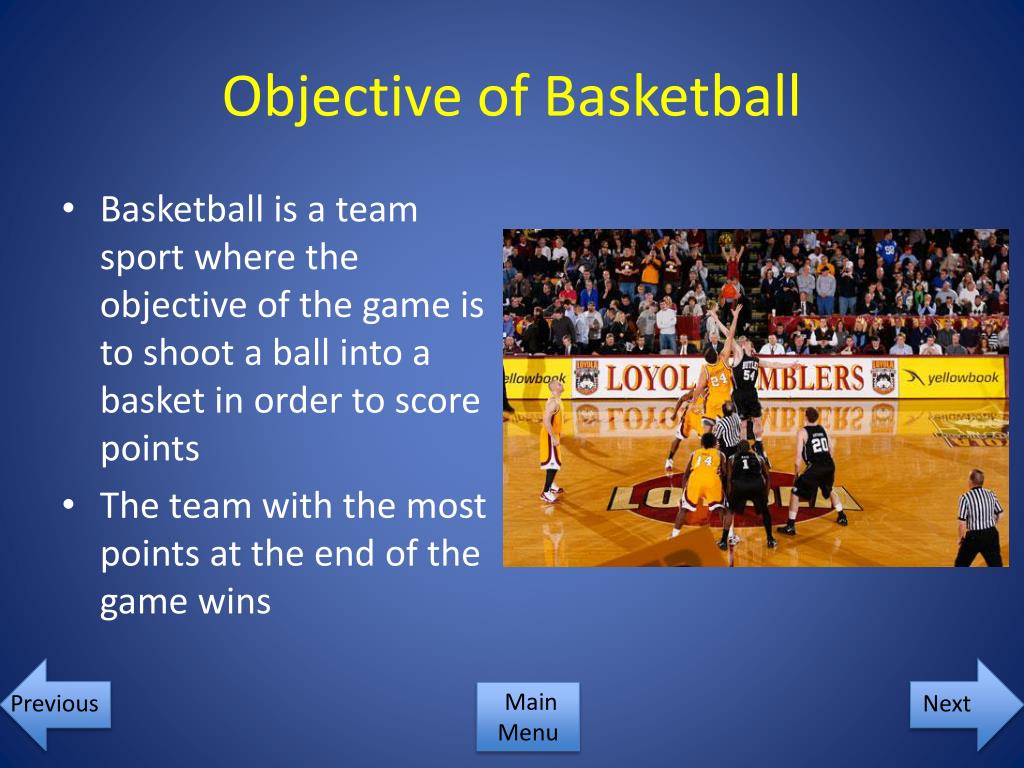 The size of the basketball court must be 28 meters long and 15 meters wide (standard). The height of the ceiling must be at least 7 meters, and on professional sites, ceilings are raised to a height of 12 meters and above. The lighting on the field must be designed so as not to interfere with the movement of the players and must evenly cover the entire court.
The size of the basketball court must be 28 meters long and 15 meters wide (standard). The height of the ceiling must be at least 7 meters, and on professional sites, ceilings are raised to a height of 12 meters and above. The lighting on the field must be designed so as not to interfere with the movement of the players and must evenly cover the entire court.
Until the end of the 60s, tournaments could be organized outdoors. However, now basketball games are played only in closed areas.
Site marking
- limit lines. Pass along the entire perimeter of the site (2 short front lines and 2 long side lines).
- Central line. It is drawn from one side line to another and at the same time it is parallel to the front lines.
- The central zone is a circle (radius 1.80 m) and is located exactly in the center of the basketball field.
- Three-point lines are semi-circles with a radius of 6.75 m, drawn to the intersection with parallel (front) lines.

- Free throw lines. The free-throw line is drawn 3.60 m long parallel to each end line so that its far edge is located at a distance of 5.80 meters from the inside edge of the end line, and its middle is on an imaginary line connecting the midpoints of both end lines.
Basketball
The basketball is spherical, painted an approved shade of orange, and has a pattern of eight inlays and black stitching.
| Basketball size | Circumference, mm | Weight, g |
| Size 7 | 750-780 | 567-650 |
| Size 6 | 720-740 | 500-540 |
| Size 5 | 690-710 | 470-500 |
| Size 3 | 560-580 | 300-330 |
Basketball hoop and backboard dimensions
The height of the basketball hoop from the floor level is 3.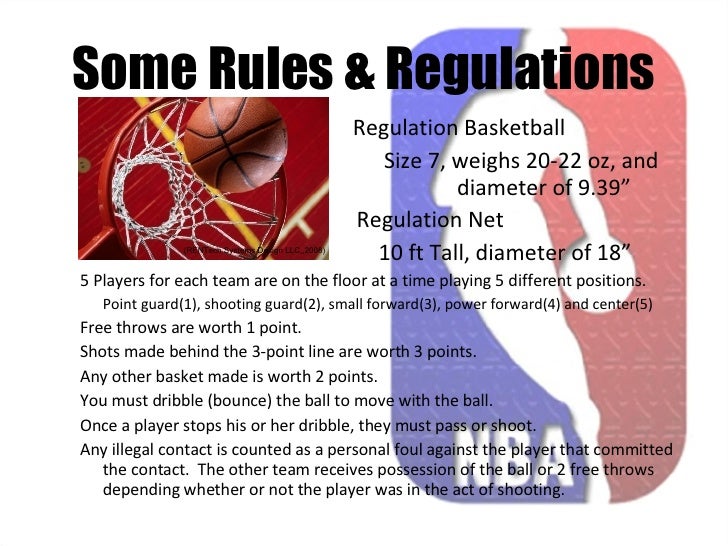 05 meters (standard). The diameter of the basketball hoop ranges from 45 cm to 45.7 cm. The ring itself must be painted bright orange. A special net with a length of 40-45 cm is attached to the ring. The basketball hoop is located at a distance of 15 cm from the backboard.
05 meters (standard). The diameter of the basketball hoop ranges from 45 cm to 45.7 cm. The ring itself must be painted bright orange. A special net with a length of 40-45 cm is attached to the ring. The basketball hoop is located at a distance of 15 cm from the backboard.
The shield to which the ring is attached also has a number of important parameters. Basketball backboard size: width - 1.8 m, height - 1.05 m. Modern basketball backboards are made of tempered glass.
Refereeing in basketball
At the basketball game there are:
- senior judge and judge;
- timekeeper;
- secretary;
- assistant secretary;
- operator 30 seconds.
Judge uniform:
- gray shirt;
- long black trousers;
- black basketball shoes.
Basketball Federation
- International Basketball Federation (FR. Fédération Internationale de Basketball, FIBA).
